
It seems to me that we humans have some kind of natural affinity for the number three. If we can figure out a way to apply some variation of a “Rule of Three” to our lives, we’ll have already done it before you can count to … oh dang, I almost did it. From the Holy Trinity to the Three-Fold Law, it’s almost like we hold this number in sacred reverence. This will be the third consecutive ninja-themed game I’ve reviewed in a row, so perhaps in the completion of this triptych, I too have unknowingly acquiesced to some universal Rule of Three. It’s hard to say with any certainty, but one thing is clear: while Karakuri Dōchū and Fall of the Foot Clan were both good games, Mark of the Ninja Remastered absolutely rules. You might even say … it Rules of Three. So in the name of the Holy tri-nin-ity, Joe Musashi, Ryu Hayabusa, and Sub-Zero, prepare to be anointed with sacred words of ninjutsu and unadulterated praise. I … I’m going to Hell, aren’t I?
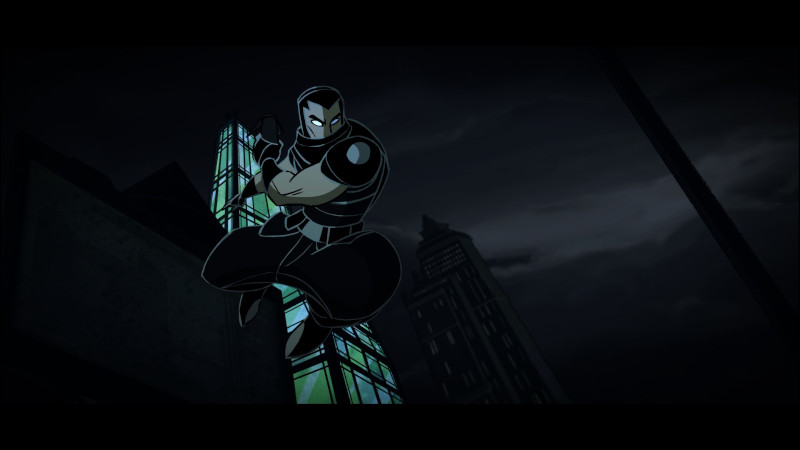
As mentioned above, we’re looking at Mark of the Ninja: Remastered today. I had played through the original release back in 2013, and absolutely loved it. I think more than anything I was just looking for an excuse to revisit this game, and the remastered version proved to be just that. This is a remaster in the truest sense being as what you’re getting here is simply an updated version of the earlier game. Cinematics, character sprites and background art have all been remastered for modern high-resolution displays. In-game audio has been upgraded to full 5.1 channel surround sound. ‘A Tale From the Past’, the prologue level originally offered as DLC content, has now been included as part of the base game in the remastered version. So while you won’t find fully redesigned elements or additions to the original game, what’s here is an unsullied, high-fidelity version of the 2012 release. While full remakes can work incredibly well in some instances, particularly for games where antiquated feature sets are starting to show their age, Mark of the Ninja didn’t really need any of that (although it could sure use a sequel!).
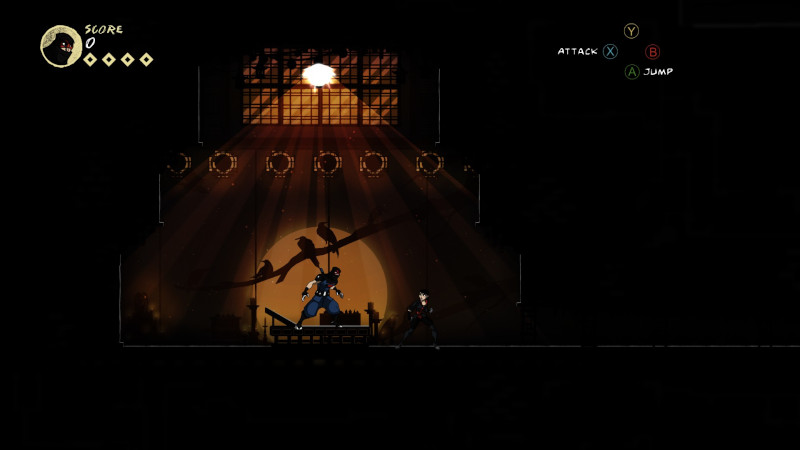
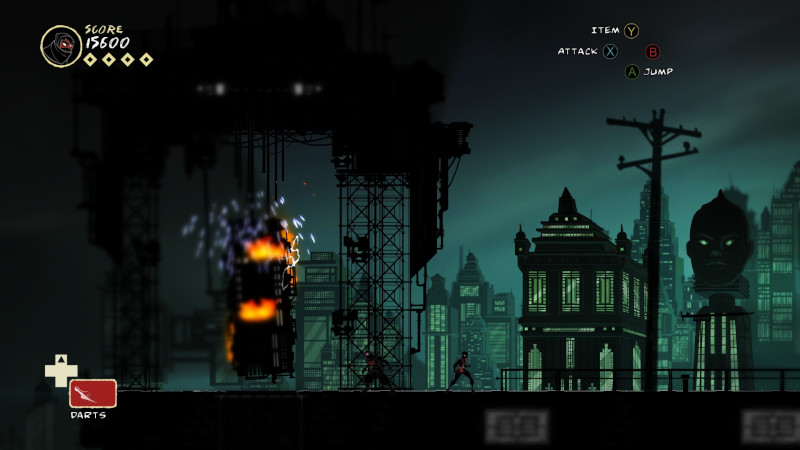
At its core, Mark of the Ninja tells the story of a silent, unnamed member of the modern day Hisomu ninja clan. Wait … maybe his name actually is Mark? Maybe it’s like “Lothar of the Hill People” e.g. Mark (implied comma) of the Ninja? I dunno; the dude is never given a proper name within the game itself (unless it really was right there all along), so purely for the sake of identifiers, I’m calling him Mark. At any rate, in addition to an army of mercenary soldiers, Mark is also fighting an addiction to hallucinogenic tattoos … but I suppose I’m getting ahead of myself. Immediately at the onset, Mark wakes suddenly from a deep sleep to discover that the dojo and spiritual home of the Hisomu clan is under attack by heavily armed mercenaries. Luckily, he’s just received his first in a series of irezumi tattoos from Master Dosan, the clan’s mystical horishi artist. It’s lucky because the inks used in the tattoos of the Hisomu clan possess arcane qualities which grant the recipient superhuman ninja skills. The down side of course is that the ink eventually drives the recipients mad, at which point they must commit seppuku. So you know … live like a super-ninja, die like a super-ninja really. Any hoo, following the resultant blood bath of the mercenary attack, Mark sets out on a path of vengeance against the mercenary forces responsible (and yes, the old proverb of ‘digging two graves’ when setting out on a path of vengeance does in fact apply here, although in order to account for the inevitable mercenary body count, Mark might want to dig hundreds of graves … or like, one normal grave and one mass grave … or, I mean, oh you get the point … the sword point). Parables aside, Mark soon discovers what led to the original attack, and how the mercenaries’ motives relate back to Master Azai, the leader of the Hisomu clan. The tattoo ink itself eventually plays an integral role to both the plot and mechanics of the game. To say much more would be to delve into spoiler territory so I’ll stop there.
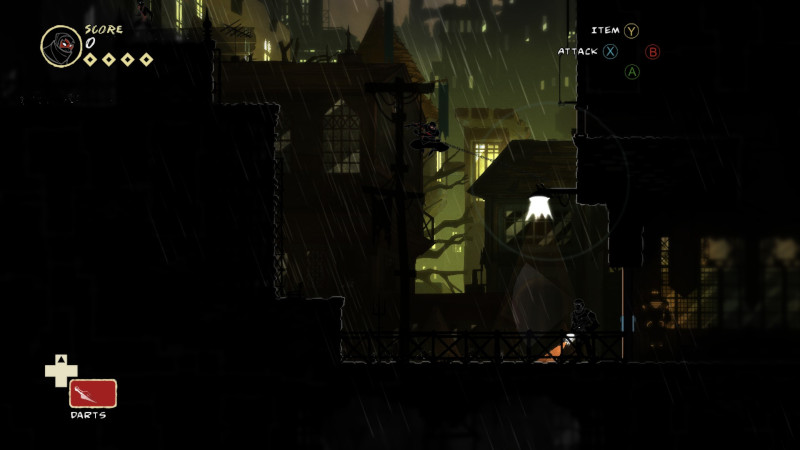
I’ll say it right up front; if there’s ever been a better implementation of 2D stealth mechanics in a video game, I’m unaware of it. Pretty much every mechanical aspect of the game is designed with the express purpose of making you feel like an exceptionally stealthy, heavily tattooed, badass super-ninja. Light and sound both play major roles to that end. Prowling soundlessly through your surroundings prevents enemies from being alerted to your presence. Any action which generates significant noise, like running or using your grappling hook, will be indicated onscreen in terms of the audible range of that action. If an enemy is within range of that sound, they will become suspicious and investigate. This actually becomes a significant strategy in later levels where you can distract guards with noise, causing them to leave their post and investigate. This in turn, allows you to slip past undetected. Early in the game you can purchase a noise-maker upgrade (i.e. a firecracker) expressly for this purpose. Areas of light and darkness are also crucial environmental tools within your ninja arsenal. Areas of illumination are clearly indicated and delineated, often in the form of a cone of light emitted from the light source. While concealed in darkness, you are essentially invisible to enemies. Breaking an overhead light with a dart will not only provide you with the cover of darkness; the resultant sound can also distract guards who will inevitably investigate the disturbance. Additionally, light and visibility affect gameplay by limiting what you can see to only that which falls within your direct line of sight (or hearing). You might ‘hear’ a guard on the other side of a door (based on the visual representation of their audible footsteps) but you won’t actually see that guard until you open the door to investigate. Likewise if you’re peering over a ledge, you will only see what’s directly within your cone of vision, rather than everything on the other side of the ledge.
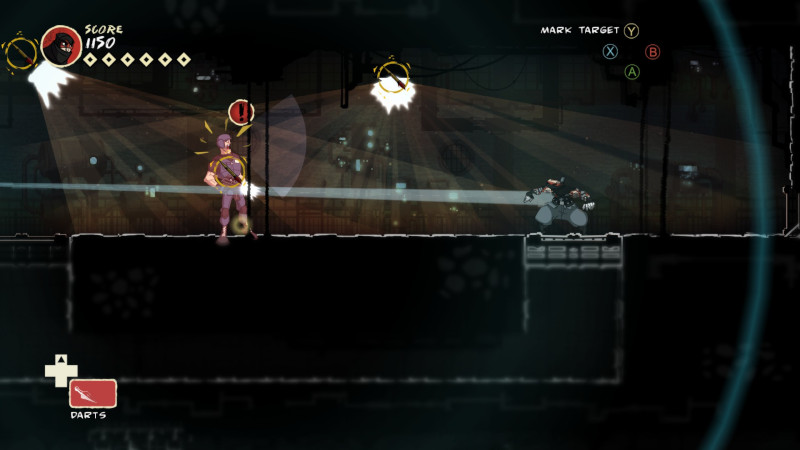
To help carry out your mission, you naturally have a well-stocked arsenal of ninja tools at your disposal. Principle among these tools is your trusty grappling hook, which allows you to zip from perch to perch, safely out of sight from prying eyes (though it will make a sound which can alert enemies). I actually think the grappling hook here is a small nod to Tenchu: Stealth Assassins, being as it functions almost identically to the grappling hook in that game, albeit in 2D fashion. Second among your tools is the deadly ninjatō (sword) on your back. Striking undetected from the shadows, this is your primary means of silently dispatching enemies in a sudden flash of violence and blood. Bonus points are awarded for perfectly executed stealth kills, though even higher bonuses are granted for completing levels fully undetected with no kills. Beyond these primary tools, the game features unlockable skill and gear trees in the form of new Techniques (including various lethal and non-lethal attacks, and eventually even a wingsuit-like glider), Distraction tools (like firecrackers and smoke bombs), and Attack items (such as poison tipped darts, caltrops, and even a beartrap-like spike mine).

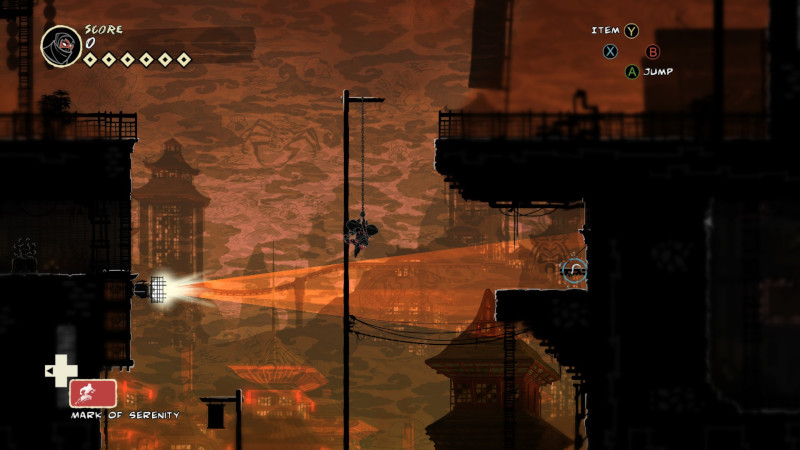
All of these features contribute to a fantastically open-ended style of gameplay. Are you a bloodthirsty murder-hobo, intent on leaving no survivors able to tell the bloody tale of your wrath? The game will absolutely support you in that approach, granting all manner of options for brutal and creative assassinations. A clever assassin might even terrorize guards to the point of shooting blindly at anything that moves, including their fellow guards. Or … perhaps like nullPointer, you’re a stealth purist; one who leaves no trace whatsoever of your passing; zero detection, zero casualties. Mark of the Ninja supports that style of play equally as well. Most levels feature multiple paths through the level, allowing you to choose a path of least potential detection. Maximum stealth will require masterful use of distraction items in order to succeed in your mission, drawing the guards away to precisely where you are not. This is likely to be the more difficult approach, but it’s often the most rewarding (both in terms of point bonuses, and in the smug self-satisfaction of having chosen the more difficult path). Naturally the game also supports any combination of the above playstyles, without penalty for having chosen one approach over another. There’s a ton of replay value here just in terms of experimenting with all the various and sundry ways one might tackle a given level.
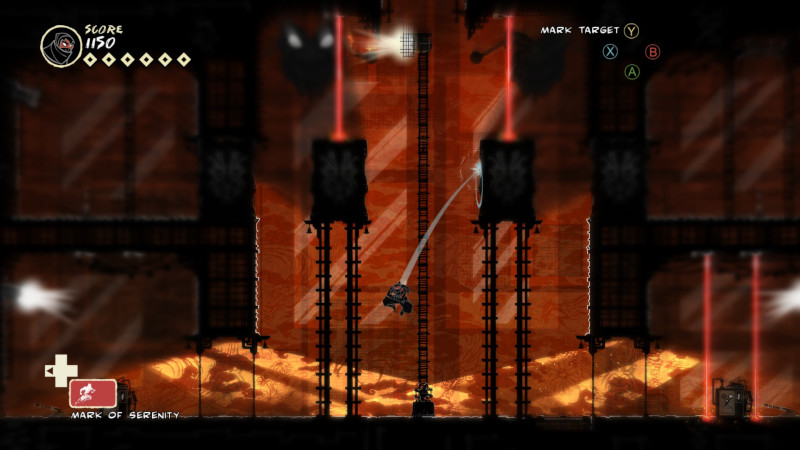
After a little introspection, I’m pretty comfortable calling Mark of the Ninja my favorite ninja game of all time. Naturally the Shinobis of the world, the Ninja Gaidens, and all their imitators are often fantastic games, but at the end of the day, those are action games merely dressed in ninja garb. To my mind Mark of the Ninja represents the plutonic ideal of The Ninja … or at least an ideal represented by the endless stream of ninja movies I watched as a child of the 1980’s – invisible, nigh unstoppable stealth assassins, equipped with all manner of clever tools, never once seen by an enemy until it’s too late. I mentioned at the top of the review that I was going to be stacking deep praise on this one, so mission accomplished, I guess. Are there any issues or criticisms to be leveled at Mark of the Ninja? There is one thing, and although it’s fairly minor for me, others might feel differently. Each time you execute a stealth assassination, the screen zooms in to better showcase the kill in all its violent, gory detail. On one hand I think it’s somewhat appropriate to display these assassinations as sudden visceral outbursts of shocking violence and blood, particularly when you’re not forced to use lethal means under most scenarios. On the other hand, much like fatalities in Mortal Kombat, this kind of fetishized violence can sometimes come off as trying a bit too hard for edginess. It’s undoubtedly the coolest thing you’ve ever seen when you’re an angsty 15-year-old … but errs more toward cringy, edgelord fodder at almost any other time in your life. Luckily, I do have all the accumulated social maturity of an angsty 15-year-old (depending on the phase of the moon), so this part didn’t really bother me all that much. Others may understandably feel differently.
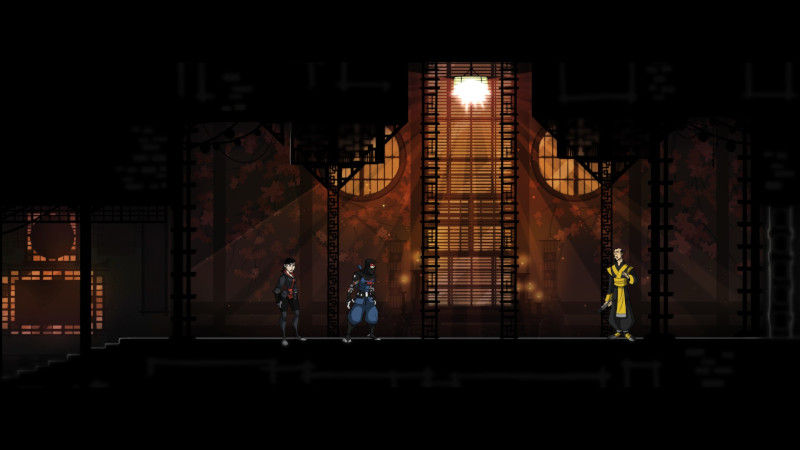
Taking all of the above into account, I’ve come to a somewhat unlikely conclusion. I only started assigning a final review score as of this year, but Mark of the Ninja is the highest rated game I’ve reviewed since beginning that system. I should probably add my (incredibly loosey-goosey) scoring criteria to the About page at some point, but ultimately it boils down to whether or not the developers were able to implement a coherent and cohesive gaming experience without shortcomings or deficiencies. And by my accounting Mark of the Ninja perfectly encapsulates those qualities; one of those rare occasions where I’m comfortable calling it a masterpiece. So much to my own surprise, I’m giving Mark of the Ninja the first perfect score I’ve awarded on the blog. How’s that for a Rule of Three? Recommended for all ninja fans and all people named Mark; this game’s for you. <nullPointer throws a smoke bomb and disappears without a trace>
Final Verdict: 10 Marks out of 10 Ninjas
Leave a Reply